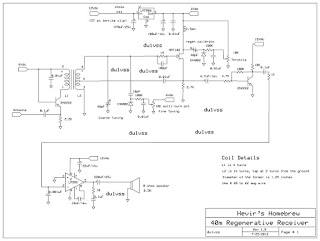It is true that the FET microphone (EM-80), or the electret condenser microphone provides stronger audio level as compared to a dynamic microphone. This project uses the internal FET of an electret condenser microphone to boost the audio signal of an ordinary dynamic microphone. Take note! no other electronic components needed, just the EM-80 electret condenser microphone.
The internal FET is K596 but i am not sure if it will work if you will use a general purpose FET like the MPF102 but anyway, you may find the nail cutter as a useful tool in prying out the aluminum can in order to extract the K596.
Once disassembled, you can find the thin metallic diaphragm used by the EM-80 separated by a plastic ring insulator. This actually a variable capacitor that changes its capacitance once the sound wave strike to the diaphragm. The changes in capacitance is then amplified by the K596 internal FET found inside the EM-80. You can now discard the thin diaphragm and the plastic insulator since we will not be needing them anyway. Now solder a piece of wire to the gate (perforated disk), as shown in the illustration below.
The audio input is soldered to the perforated disk in the EM-80 while the audio out is connected to the (+) positive terminal found at the back of the EM-80. The common ground is the (-) negative terminal found also at the back of the EM-80. Now the three wires are ready, all we need to have is the dynamic microphone.
Connection is simple, one of the wire of the dynamic microphone is connected to the input while the other wire is connected to the common ground. The audio output is the taken at the output terminal of our EM-80 while the negative terminal serves as a common ground to our FET amplifier. Once finished, the unit should now working properly. No need for a volume control since the audio gain of the FET is just sufficient and in good reproduction of the dynamic microphone sound quality.
The idea of this project is that we simply replaced the electret diaphragm of the EM-80 with a dynamic microphone. I had modified one of my Carol dynamic microphone fitted with my instant FET pre amp and works perfectly with my Icom IC-2200H ... 73 de hevir.





























